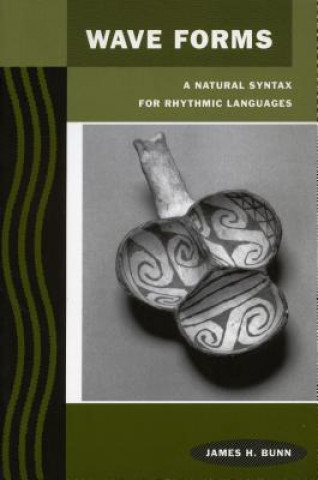
Kód: 04717489
Wave Forms
Autor James H. Bunn
In this daring book, the author proposes that artistic and literary forms can be understood as modulations of wave forms in the physical world. By the phrase "natural syntax," he means that physical nature enters human communicati ... celý popis
- Jazyk:
 Angličtina
Angličtina - Väzba: Brožovaná
- Počet strán: 368
Nakladateľ: Stanford University Press, 2002
- Viac informácií o knihe

Mohlo by sa vám tiež páčiť
-

Indian Economy and Society in the Era of Globalisation and Liberalisation
59.65 € -
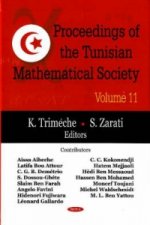
Proceedings of the Tunisian Mathematical Society
323.03 € -12 % -

BRACKEEN PREPARING YOUR CONCERT DVD
25.98 € -

Stone Junction
18.51 € -4 % -

Origins of the Twenty First Century
115.92 € -

Santa Monica Canyon
15.65 € -3 % -

Craig Kennedy-Scientific Detective
45.01 €
Darčekový poukaz: Radosť zaručená
- Darujte poukaz v ľubovoľnej hodnote, a my sa postaráme o zvyšok.
- Poukaz sa vzťahuje na všetky produkty v našej ponuke.
- Elektronický poukaz si vytlačíte z e-mailu a môžete ho ihneď darovať.
- Platnosť poukazu je 12 mesiacov od dátumu vystavenia.
Viac informácií o knihe Wave Forms
Nákupom získate 110 bodov
 Anotácia knihy
Anotácia knihy
In this daring book, the author proposes that artistic and literary forms can be understood as modulations of wave forms in the physical world. By the phrase "natural syntax," he means that physical nature enters human communication literally by way of a transmitting wave frequency. This premise addresses a central question about symbolism in this century: How are our ideas symbolically related to physical reality? The author outlines a theory of communication in which nature is not reached by reference to an object; rather, nature is part of the message known only tacitly as the wavy carrier of a sign or signal. One doesn't refer to nature, even though one might be aiming to; one refers with nature as carrier vehicle. The author demonstrates that a natural language of transmission has an inherent physical syntax of patterned wave forms, which can also be described as certain "laws of form" - a phrase used by D'Arcy Thompson, L. L. Whyte, Noam Chomsky, and Stephen Jay Gould. He describes a syntax inherent in natural languages that derives from the rhythmic form of a propelling wave. Instead of the "laws" of a wave's form, however, the author speaks of its elements of rhythmic composition, because "rythmos" means "wave" in Greek and because "composition" describes the creative process across the arts. In pursuing a philosophy of rhythmic composition, the author draws on cognitive science and semiotics. But he chiefly employs symmetry theory to describe the forms of art, and especially the patterns of poetry, as structures built upon the natural syntax of wave forms. Natural syntax, it turns out, follows a fascinating group of symmetry transformations that derive from wave forms.
 Parametre knihy
Parametre knihy
Zaradenie knihy Knihy po anglicky Language linguistics Semantics, discourse analysis, etc
44.40 €
- Celý názov: Wave Forms
- Podnázov: A Natural Syntax for Rhythmic Languages
- Autor: James H. Bunn
- Jazyk:
 Angličtina
Angličtina - Väzba: Brožovaná
- Počet strán: 368
- EAN: 9780804745079
- ISBN: 0804745072
- ID: 04717489
- Nakladateľ: Stanford University Press
- Hmotnosť: 560 g
- Rozmery: 155 × 230 × 23 mm
- Dátum vydania: 05. February 2002
Obľúbené z iného súdka
-

Comic Toolbox
13.60 € -16 % -

Winning Arguments
20.15 € -6 % -

Selections from Science and Sanity
14.32 € -17 % -
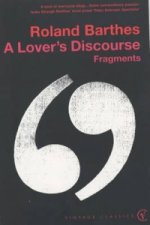
Lover's Discourse
11.14 € -23 % -
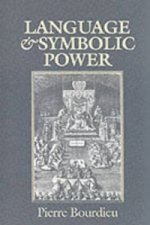
Language and Symbolic Power
26.18 € -4 % -

Lew Hunter's Screenwriting 434
25.78 € -
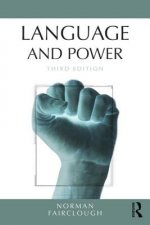
Language and Power
68.04 € -

Winning Arguments
16.46 € -5 % -

Language
14.42 € -

Whose Space is it Anyway?
68.96 € -

Mythologies
11.14 € -23 % -

Introducing Semiotics
10.12 € -23 % -

After Babel
29.56 € -

Critical Discourse Analysis
78.88 € -
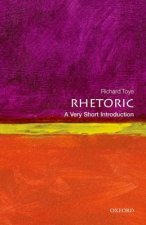
Rhetoric: A Very Short Introduction
10.12 € -23 % -

Stylistics
54.22 € -

Three Steps on the Ladder of Writing
27.72 € -11 % -
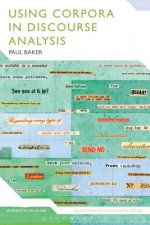
Using Corpora in Discourse Analysis
73.66 € -

Discourse Theory and Political Analysis
36.01 € -
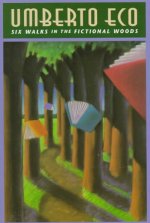
Six Walks in the Fictional Woods
35.80 € -
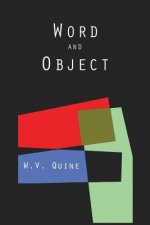
Word and Object (Studies in Communication)
22.91 € -
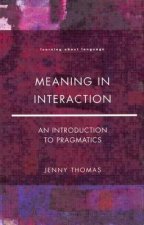
Meaning in Interaction
73.36 € -

New Rhetoric, The
44.50 € -

Think Again
12.27 € -23 % -
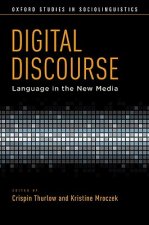
Digital Discourse
81.03 € -
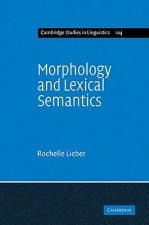
Morphology and Lexical Semantics
46.55 € -
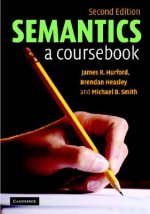
Semantics
43.38 € -

How to do Discourse Analysis
56.78 € -

Functional Discourse Grammar for English
67.83 € -

Discourse Reader
109.78 € -

Idioms and Collocations
303.08 € -

Meaning in Language
62.51 € -

Handbook of Discourse Analysis 2e
84.71 € -

Language in Thought and Action
16.16 € -21 % -
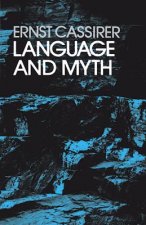
Language and Myth
8.38 € -18 % -
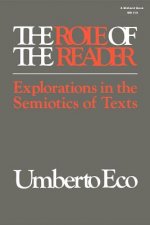
Role of the Reader
30.99 € -

Discourse Analysis as Theory and Method
111.42 € -

Introduction to Discourse Analysis
63.84 € -

Immediate Fiction
23.32 € -3 % -

How to Analyse Texts
57.60 € -

Political Metaphor Analysis
66.19 € -

How to Do Critical Discourse Analysis
84.31 € -
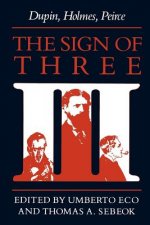
Sign of Three
30.99 € -

Collocation
70.80 € -

How to Read a Poem
19.43 € -4 % -
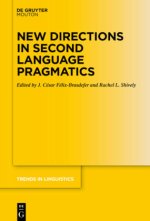
New Directions in Second Language Pragmatics
24.24 € -3 % -

Generative Lexicon
56.68 € -
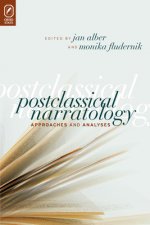
Postclassical Narratology
56.68 € -
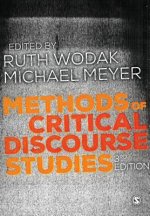
Methods of Critical Discourse Studies
56.17 € -1 %
Osobný odber Bratislava a 2642 dalších
Copyright ©2008-24 najlacnejsie-knihy.sk Všetky práva vyhradenéSúkromieCookies



 21 miliónov titulov
21 miliónov titulov Vrátenie do mesiaca
Vrátenie do mesiaca 02/210 210 99 (8-15.30h)
02/210 210 99 (8-15.30h)